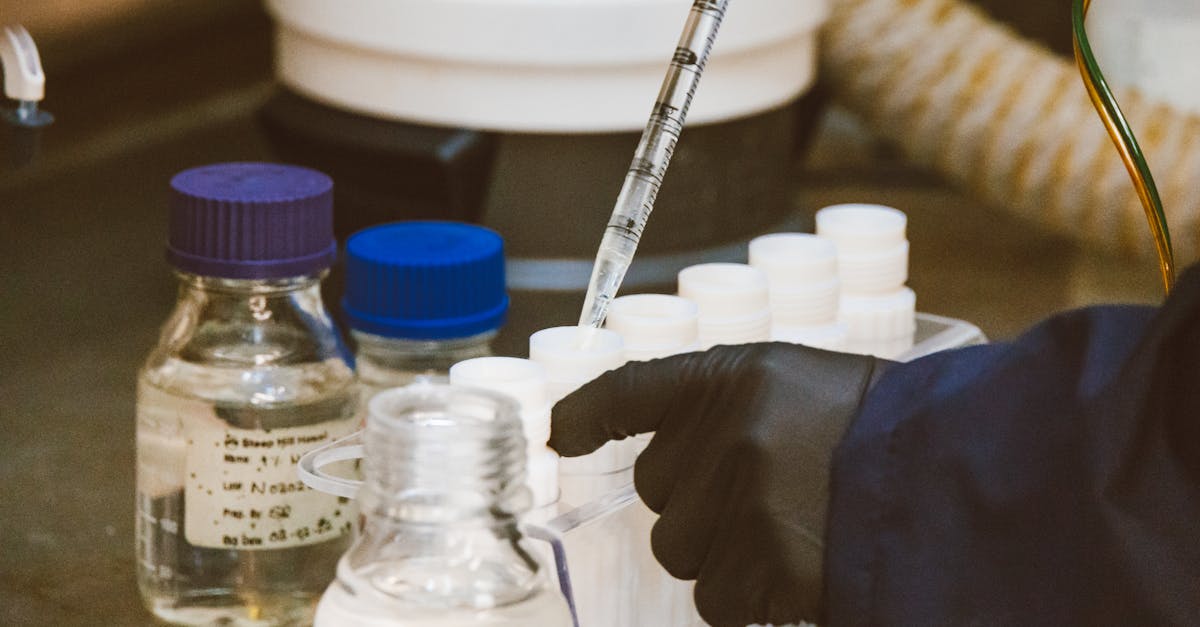
How to calculate limiting reactant chemistry?
The limiting reactant is the purest form of the chemical being consumed during the reaction. This is the purest form of the chemical, rather than the combined form of the two reactants. For example, if you have a reaction between potassium bicarbonate and water, carbonic acid is the limiting reactant.
The carbonic acid does not change, even though the two reactants combine to form it. Sometimes, you can use the limiting reagent approach to solve an equation. In this case, you add the two sides of the equation together and consider each side of the equation separately.
The reagent that has the greatest possible effect on the forward reaction is the limiting reagent. To calculate the limiting reactant, simply take the current concentration of the purest form of the chemical (or the initial concentration if you’re looking at a reaction that happened over time) and add it to the current reaction equation.
The resulting number will be the limiting reactant.
How to calculate limiting reactant chemistry in water?
If a reaction is performed in water, you need to consider the effect that the presence of water will have on the reaction itself. The water can act as a catalyst for the reaction or it can inhibit the reaction. However, in order to determine how your reaction will perform in water, you need to first determine how the water will affect the reaction itself.
To determine what is the limiting reactant in water, you need to know how much of each chemical you have present in the water and the maximum amount of each chemical that can be present in the water.
You can use the Environmental Protection Agency (EPA) Toxicity Characterization and Estimation software to determine the maximum amount of each chemical you have present in the water. The EPA TCEP website provides links to the software to download.
First, determine the amount of each chemical present in the reaction in the form of its pure chemical form and not in a solution. You may be able to use the chemical manufacturer’s website to determine the pure chemical form of the chemical. For example, if you are synthesizing a catalyst, you will need to know the amount of pure catalyst that is required for the reaction to occur.
However, if you are performing a reaction using a chemical that is available in solution, you will need to
How to calculate limiting reactant chemistry in solution?
The limiting reactant is the chemical that reacts at the slowest rate when the overall reaction rate is limited by that reaction. The limiting reactant is the one that is present in the greatest amount at the beginning of the reaction in order to drive the overall reaction to completion.
This is usually the starting material. In a simple reaction, the limiting reactant is the reactant that is present in the greatest amount. If you’re working with a solution, you’ll need to know how many moles of the chemical are in solution. If you want to know how much of each reactant you’ll need to add, you’ll need to know the molar mass of each.
The starting material is the limiting reactant for chemical reactions in solution. If you want to calculate the limiting reactant in solution, you’ll need to know the total amount of each reactant in solution and the molar mass of each.
If you want to add a new chemical to a reaction, you’ll need to know the total amount of each reactant in solution and the total combined molar mass of all the chemicals in that solution.
How to calculate limiting reactant chemistry in hydrated conditions?
You can use the limiting reactant approach to estimate the partial pressure of water in your aqueosols. The equation to use is: If the chemical reaction involves water, you need to consider how much water is present in the system. This is important because water can have a significant effect on the reaction rate.
In most cases, water is present in the form of a liquid, but it can also be present in other forms such as water vapor or ice. If water is present in the form of a liquid, it is a good idea to calculate limiting reactant chemistry using the water activity instead of the partial pressure of water.
Water activity is a measure of the water content of a given system relative to pure water. Using the water activity in your aqueosol model will account for the different water potentials present in your chemical equilibrium.
How to calculate limiting reactant chemistry in the gas phase?
When looking at gas-phase reactions, the limiting reactant is the chemical species that will cause the reaction to slow down when it reacts with the other reactant. An example would be a reaction between gaseous hydrogen and gaseous oxygen (H2 + O2 → 2H2O) that is limited by gaseous hydrogen.
This reaction would continue to react at a faster rate as more gaseous hydrogen is added until the amount of gaseous hydrogen is increased to the If you are solving a gas-phase reaction in the laboratory, you can use the limiting reactant to figure out the reaction’s overall mechanism.
The formula for calculating the limiting reactant is: To determine the limiting gas-phase reaction, you need to know the chemical potentials of each of the gaseous species involved. The chemical potential of a species is a measure of how much energy it would take to convert all of the atoms in that species into their gas form.
For example, the chemical potential of gaseosilane gas is the amount of energy it would take to convert gaseosilane into its gas form.
If the chemical potential of the limiting gas is lower






